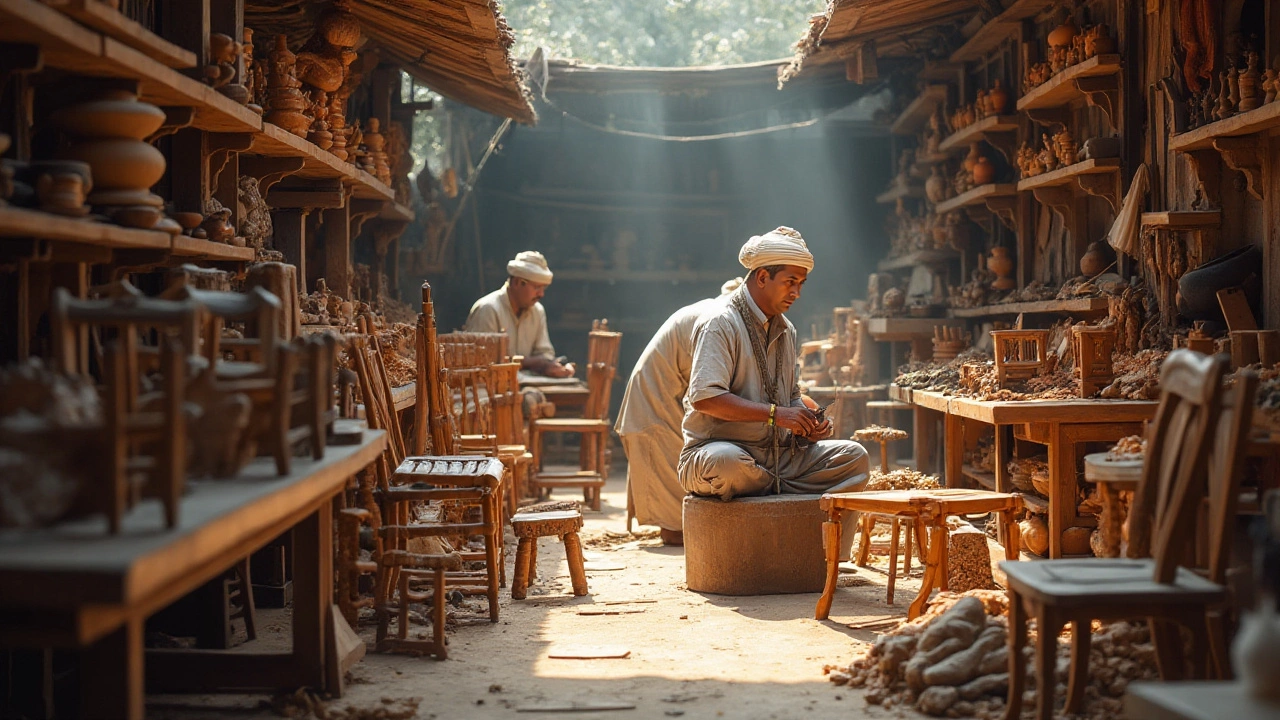Furniture Export and Manufacturing
When talking about Furniture Export and Manufacturing, the process of producing furniture in India and selling it abroad, you’re really looking at a web of trade, design, and logistics. Indian furniture industry, a sector known for handcrafted woodwork, metalwork, and increasingly, eco‑friendly materials fuels most of this activity. The USA furniture market, one of the world’s biggest consumer bases for home and office décor offers a lucrative outlet, but it also demands compliance with strict export regulations, rules governing product safety, labeling, and customs duties. At the same time, efficient supply chain logistics, the planning of transportation, warehousing, and inventory flow can make the difference between a profitable shipment and a delayed order. In short, Furniture Export hinges on design appeal, market knowledge, legal compliance, and logistical precision.
Key Factors Shaping Indian Furniture Exports
First, product design matters. American buyers often look for a blend of modern aesthetics and traditional craftsmanship, so manufacturers who can combine sleek lines with hand‑carved details tend to stand out. Second, market research is essential; understanding price points, consumer trends, and regional preferences in the USA helps set realistic targets. Third, navigating export regulations isn’t optional—certifications like ASTM for fire safety or BIS for quality can unlock new distribution channels. Fourth, logistics play a starring role: choosing the right port, negotiating freight rates, and timing shipments around peak seasons can cut costs dramatically. Finally, after‑sale support such as warranties and easy return policies builds brand loyalty across borders. These elements together create a feedback loop: better designs attract more research, which informs compliance, which streamlines logistics, and the cycle repeats, raising overall export performance.
What you’ll see below is a curated set of articles that dig into each of these pieces. One story breaks down how Indian artisans are adapting classic motifs for American living rooms, another maps out the paperwork needed to clear customs without a hitch, and a third shares real‑world logistics hacks that shave days off transit times. Whether you’re a seasoned exporter looking for a fresh angle or a newcomer trying to avoid common pitfalls, the collection offers practical insight you can act on right away. Let’s jump into the posts and uncover the tactics that turn Indian furniture into a global favorite.
